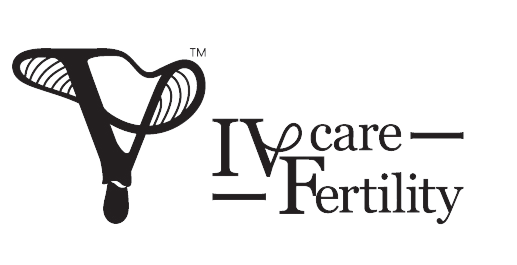Our Solutions
-Helping You Create Miracles-
Fresh Embryo Transfer (FET)
What is it ?
Frozen Embryo Transfer (FET) is a procedure where embryos frozen in a prior IVF cycle are thawed and transferred to the uterus.
Unlike a fresh transfer, this process occurs in a separate cycle, giving the patient’s body time to recover and the uterus to be optimally prepared for implantation, hence increasing pregnancy success rate.
When and Why Choose FET?
FET is an ideal choice when:
- The body needs recovery: After ovarian stimulation, taking a break ensures the body is in the best state for pregnancy.
- Uterine lining requires preparation: Hormonal treatments can help optimize the uterine environment for successful implantation.
- Scheduling flexibility is needed: FET allows patients to choose the best timing for their transfer.
When and Why Choose FET?
FET is an ideal choice when:
- The body needs recovery: After ovarian stimulation, taking a break ensures the body is in the best state for pregnancy.
- Uterine lining requires preparation: Hormonal treatments can help optimize the uterine environment for successful implantation.
- Scheduling flexibility is needed: FET allows patients to choose the best timing for their transfer.
Why Choose FET over FT?
- Higher Success Rates: Research shows that FET often leads to better outcomes as the uterine lining can be more receptive.
- Better for Hormonal Balance: Eliminates the stress of aligning the egg retrieval and transfer within one cycle.
- Reduces Risk of Complications: Especially in cases of ovarian hyperstimulation syndrome (OHSS).
Suitable For
FET is recommended for:
- Patients needing time to recover after an IVF cycle.
- Those requiring hormonal support to prepare the uterine lining.
- Individuals planning pregnancy at a later stage after freezing embryos.
- Patients with a history of unsuccessful fresh transfers or thin uterine lining during the IVF cycle.
Step By Step Process:

Step 1
Uterine Preparation
Hormonal therapy is prescribed, including estrogen to thicken the uterine lining and progesterone to prepare for embryo implantation.

Step 2
Embryo Thawing
Frozen embryos are carefully thawed in the lab.

Step 3
Embryo Transfer
The selected embryo(s) are placed in the uterus using a thin catheter.

Step 4
Post Transfer Care
Pregnancy tests are recommended 10–14 days post-procedure to confirm results.
More About the Procedure :
Duration
- FET is typically scheduled 3–5 days after the uterine lining reaches the optimal thickness, which may take about 2–3 weeks of preparation.
- The transfer itself takes 10–15 minutes.
Pain Level
Minimal Discomfort: Most patients experience no pain during the transfer, though some may feel slight pressure during the catheter insertion.
Recovery Timeline
No Downtime: Patients can resume normal activities immediately after the transfer, though light rest is often recommended for peace of mind.
Pre-Assessment Requirements
Before an FET, the following evaluations ensure readiness:
- Uterine Health Evaluation: An ultrasound assesses the uterine lining and overall reproductive health.
- Hormonal Testing: Ensures the patient’s body is responding well to medication and is hormonally prepared for the transfer.
- Embryo Assessment: Previously frozen embryos are reviewed to confirm their quality before thawing.
Have Questions?
Drop us your enquiries here
Get In Touch
No 12, Ground Floor, Wisma LYL, Jalan 51a/223, Seksyen 51a, 46100 Petaling Jaya, Selangor, Malaysia
Clinic Days
Mondays to Fridays: 8 am to 4 pm
Saturdays : 8 am to 12pm
Sundays and Public Holidays: CLOSED



